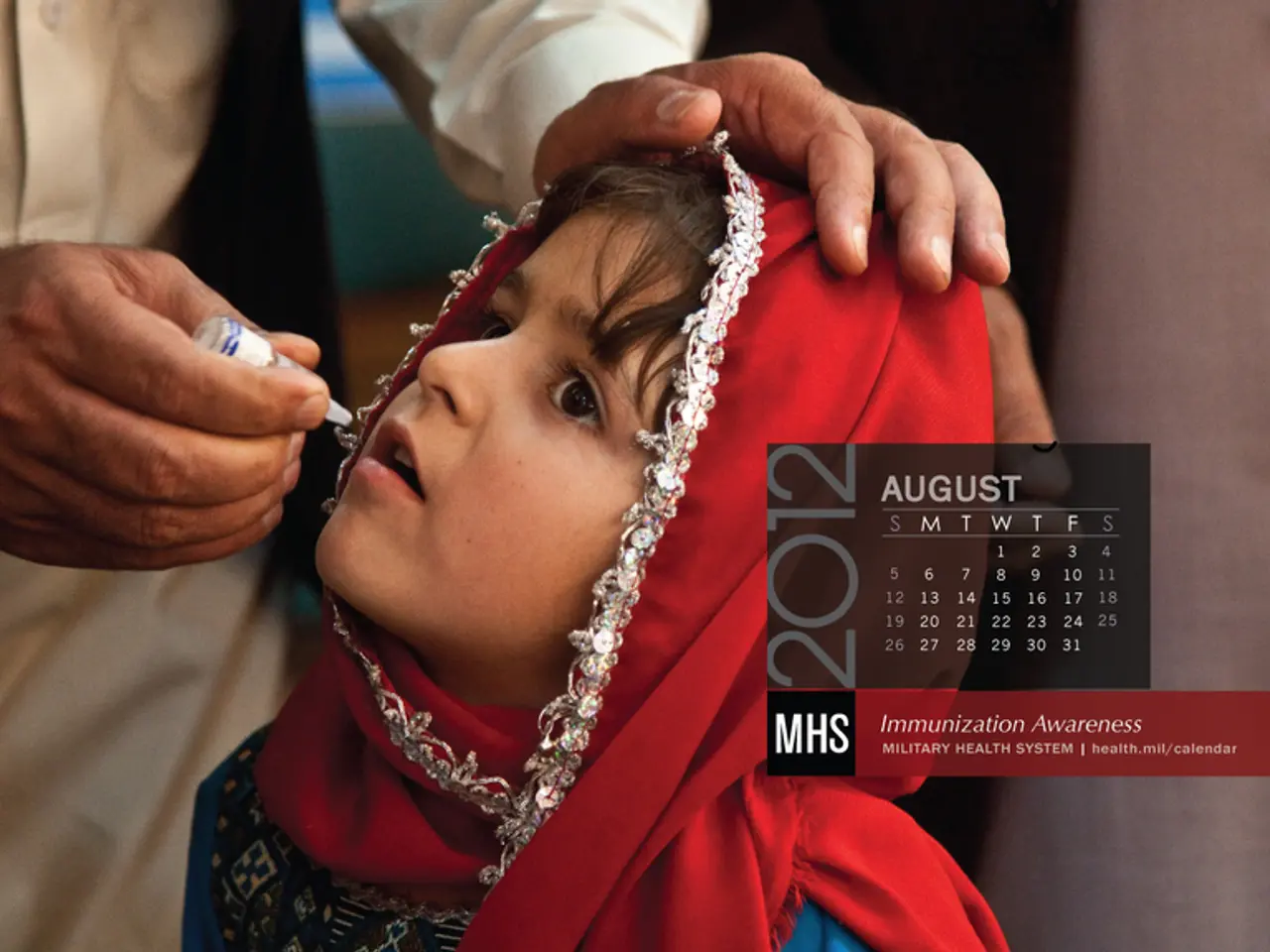Ebola Virus and Its Related Disease: An Overview
The Ebola virus, a member of the viral family Filoviridae and often called Filovirus, is a serious and deadly disease that has been causing concern since it was first detected in 1976 in Sudan and the Democratic Republic of Congo.
Originated in African fruit bats, Ebola has been known to spread through direct contact with the bodily fluids of infected persons. The first outbreaks outside Africa typically occur when the virus is carried by infected individuals traveling from affected African regions, leading to the spread of the virus in other countries. Outbreaks in neighboring countries often result from cross-border movement during outbreaks in Africa.
Symptoms of Ebola include extreme fatigue, diarrhea, fever, headache, muscle pain, stomach pain, unexplained bleeding or bruising, vomiting. These symptoms typically appear within 8 to 10 days after exposure but can appear as early as two days or take as long as three weeks to appear.
To protect against Ebola, individuals are advised to avoid contact with blood and body fluids, practice careful hand hygiene, refrain from burial rituals that involve handling the body of a person who died from Ebola, wear protective clothing around wildlife, and refrain from handling items a person with Ebola has handled.
Healthcare workers and lab technicians must isolate people with Ebola, wear protective gowns, gloves, masks, and eye shields, and follow careful protocol and disposal of these protective materials for infection prevention. Cleaning crews should use a bleach solution to clean floors and surfaces that may have come in contact with the Ebola virus.
Ebola can be transmitted via the eyes, nose, mouth, broken skin, or sexual contact. If you've come in contact with or provided care to someone diagnosed with Ebola or handled infected animals and have any symptoms, you should seek immediate medical attention.
It's important to note that Ebola is not curable or vaccinated at present, and supportive care measures are taken instead. Supportive care measures for Ebola may include maintaining blood pressure, managing electrolyte balances, providing extra oxygen, preventing dehydration, treating coexisting infections, preventing other infections, administering blood products if indicated.
Ebola can be further divided into subtypes: Bundibugyo, Reston, Sudan, Taï Forest (previously known as Ivory Coast), Zaire. People's immune systems can respond differently to Ebola, and some may have residual effects such as joint problems, hair loss, extreme weakness and fatigue, delirium, inflammation of the liver and eyes, sensory changes, jaundice, which can last for a few weeks to several months.
Until a vaccine is available, it's important to be on guard to avoid the spread of Ebola. Ebola survivors have antibodies to the virus for about 10 years, but this does not guarantee immunity, and it's crucial to take precautions to prevent the spread of the disease. The average fatality rate for a person infected with Ebola is 50 percent, but the earlier the infection is diagnosed, the better the outlook for infected patients.
Read also:
- Latest Updates on Unresolved Aspects of the Deleterious Legionnaires' Outbreak in NYC, Prior to the Scheduled Hearing
- Sleepless Nights: Anxiety, Stress, and Too Much Caffeine as Potential Root Causes
- Lawyers for the deceased Greek heiress's family, age 28, intend to file a lawsuit against two UK hospitals due to reportedly denying her treatment after an alleged insect bite led to her unfortunate demise.
- Increased Number of Uninsured Individuals May Push Local Healthcare Facilities to Their Limit






